What is the tolerance range of precision screws?
What is the tolerance range of precision screws?
Service Hotline
+86760-8787 8587We have more than ten years of experience in screw industry production, the main products are: non-rust connectors for industrial equipment, full thread bolts, fine thread grooved nuts, countersunk head torx column screws, GB68 screws, electronic screws, GB869 countersunk Head rivets, 304 flange face nuts, male and female unilateral external tooth posts, socket head cap screws, bolt and nut combinations, national standard GB812 yuan round nuts, butterfly bolts, six-star screws, national standard rivets and other fasteners, due to The materials and specifications of the products are different, and the prices are also different. Please contact us if you need it.


The conventional auger bit structure 1 includes a rod body 11, a screw head 12 provided on one end of the rod body 11, a drill tail 13 provided on the other end of the rod body 11, and a plurality of threads 14 arranged around the rod body 11; Wherein, the periphery of the drill tail 13 defines a parting line 15, and the parting line 15 makes the drill tail 13 symmetrically divided into a side 131 and a side 132, and a cutting end 133 is formed at the junction of the end of the side 131 and the end of the side 132, respectively. The cutting end 133 is concavely provided with a quarter-turn chip flute 134 in the same direction of the helix, and the edge 132 continues the chip flute 134 and has a quarter-turn chip flute 135 with different helical curvatures. , by connecting the chip groove 134 and the chip groove 135 through different helical curvatures, the drill tail 13 can form a symmetrical and complete chip groove of 189 degrees.
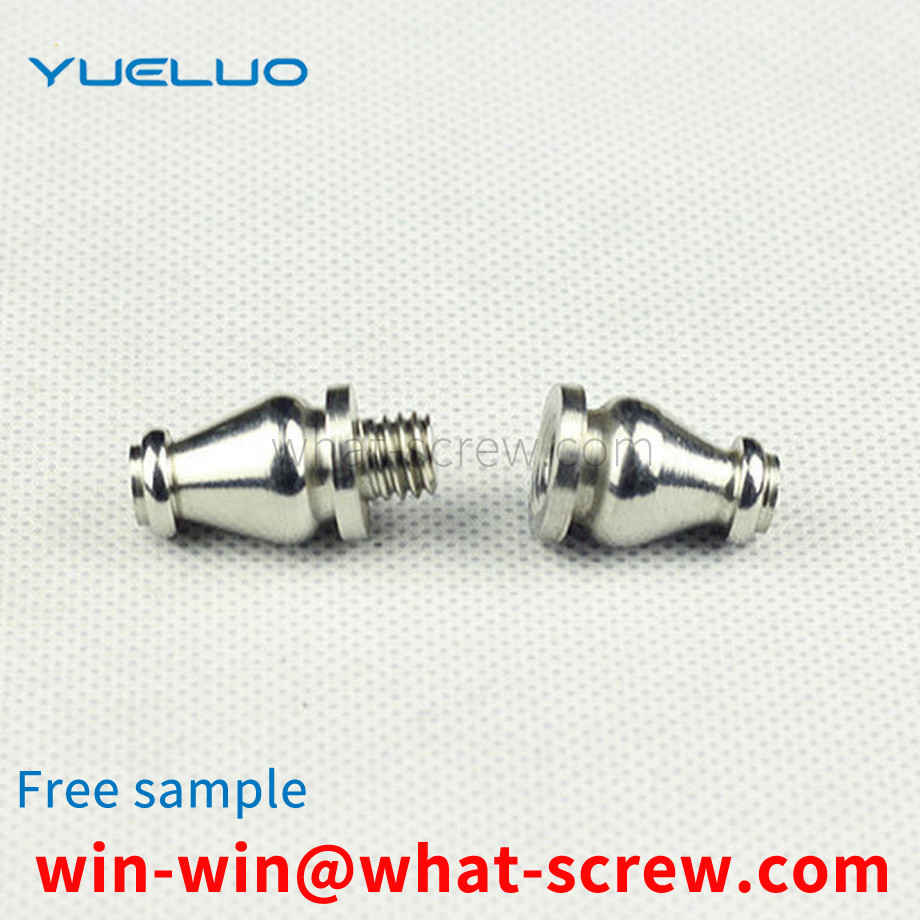
However, Yueluo still feels that there should be room for improvement for the screw improvement and screw that integrates stability, labor, fast and multi-function in the above two cases; for example, No. 556784 screw improvement Although the rod has the function of cutting and collecting chips, when the screw starts to screw into the object such as wood, it is hindered by the hardness of the object's tissue, so the staff still needs to exert considerable force, resulting in the lock. In the solid operation, there is still a lack of difficulty in screw-in operation; another example, new cases such as No. 289417 screw that integrates locking, stability, labor-saving, fast and multi-function, although the rod has the structural function of cutting and chip removal, it is The rod part is screwed into the middle section to the rear section of the object. Since the debris cannot be discharged, the rod part pushes the outer part of the object to the surrounding tissue of the object, so that the object expands outwards and even seriously damages the appearance of the object.


The performance grade is divided into 15 grades, stainless steel is grade 51, and the open type blind rivet is divided into two types: countersunk head and flat round head according to the shape of the head. Among them, open blind rivets with performance levels of 10 and 11 are widely used. In 2006, the National Standards Committee revised and released GB/T 12617.1-2006 Open Type Countersunk Head Blind Rivets Class 10 and 11 and GB/T 12618.1-2006 Open Type Flat Round Head Blind Rivets Class 10 and 11. National standards for 10 and 11 class open blind rivets. The two new standards, respectively adopting ISO15978:2002 and ISO15977:2002 international standards, were released on July 5, 2006 and officially implemented on December 1, 2006. After implementation, it will replace the two old standards GB/T 12617-1990 Open Type Countersunk Head Blind Rivets and GB/T 12618-1990 Open Type Oblate Head Blind Rivets.
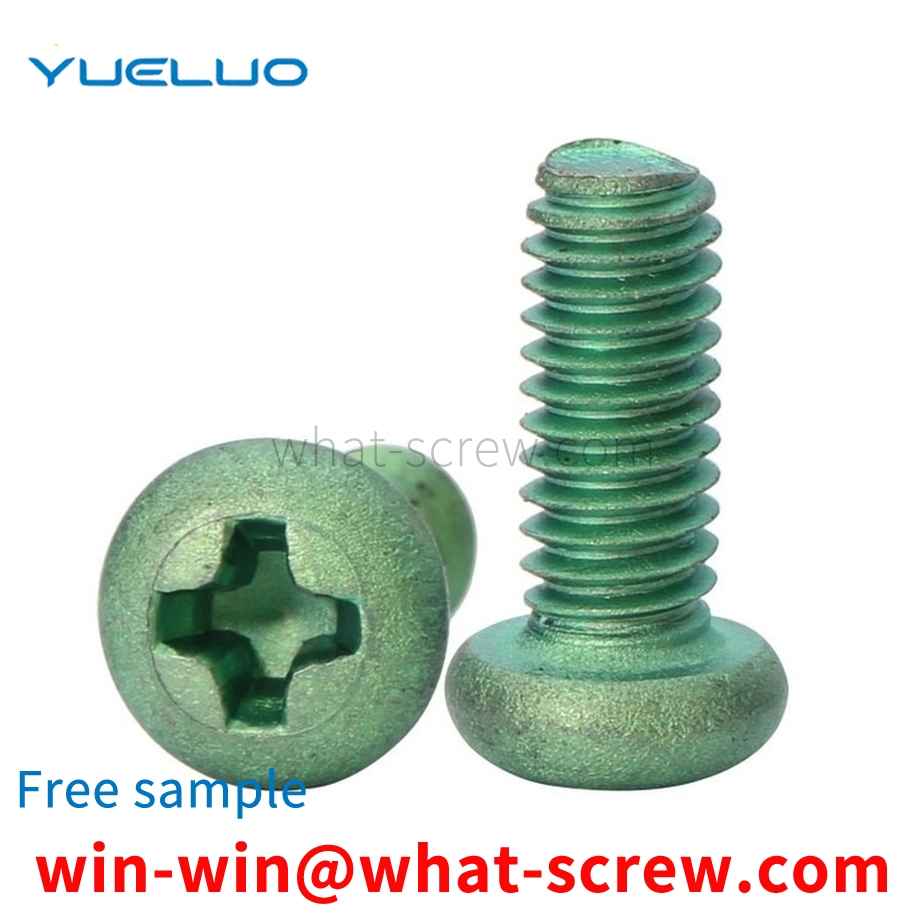
Standards are norms, and each country and sector has its own standards. GB—Chinese National Standard (National Standard) ANSI—American National Standard (American Standard) DIN—German National Standard (German Standard) ASME—American Society of Mechanical Engineers Standard JIS—Japanese National Standard (Japanese Standard) BSW—British National Standard GB—National Standard The standard is one of the many standards in my country, and there are also industry standards, professional standards and department standards. National standards are divided into: GB (mandatory standards) and GB/T (recommended standards) and GBn (national internal standards) and so on. We usually see GB30, GB5783, etc. are mandatory standards. In addition to some basic dimensions such as head-to-side, head thickness, etc., the above standards are mainly different in the threaded part. The threads of GB, DIN, JIS, etc. are all in MM (millimeters), which are collectively referred to as metric threads. Another thread like ANSI, ASME, etc. is called American standard thread in inches. In addition to metric threads and American threads, there is also a BSW-imperial standard, whose threads are also in inches, commonly known as Wyeth threads. In the usual domestic sales business, the most common standards we encounter are GB (National Standard) and DIN (German Standard). In terms of production products, the following standards are mainly encountered: GB30; GB5783; GB5782; GB52; GB6170; GB818; GB819; GB845; GB846; GB70; DIN912; DIN933; DIN931 and so on. GB30 (old national standard) has been replaced by GB5783 (new national standard) in the standard book. GB52 (old national standard) has been replaced by GB6170 (new national standard) in the standard book.

The above content is uploaded by Yueluo or the Internet. If there is any copyright issue, please contact [email protected].

What is the tolerance range of precision screws?

How to choose the right stainless steel screw manufacturer?

Why is there an R angle under the head of the hexagon head s...
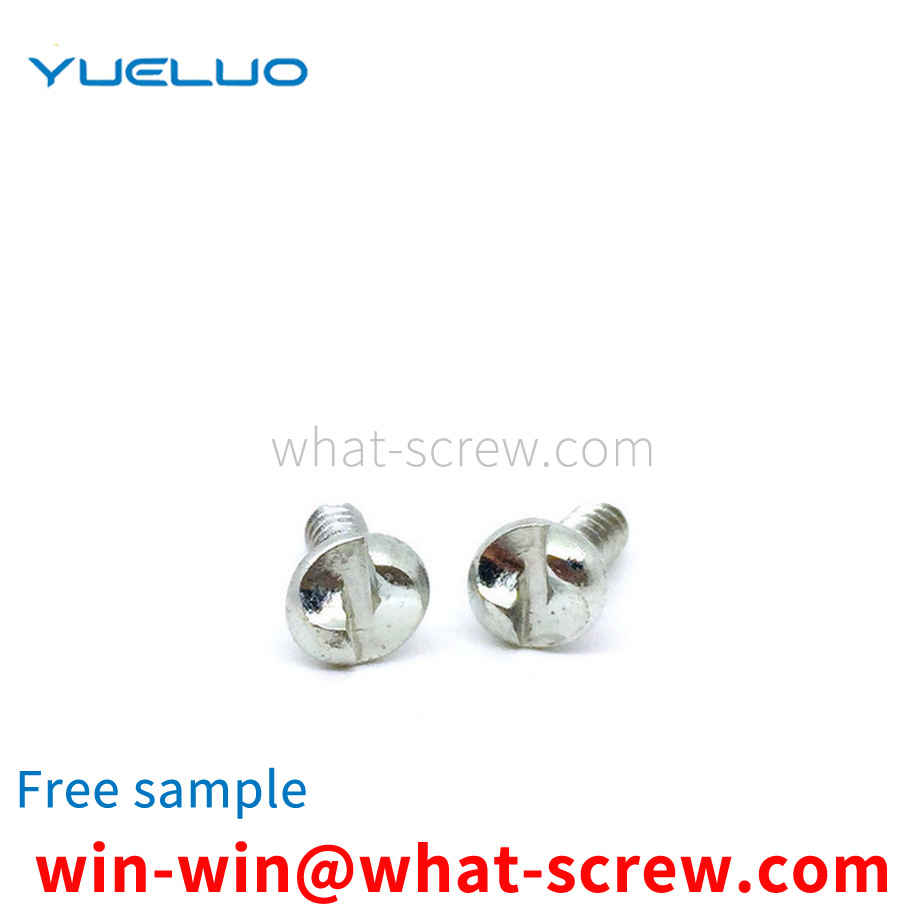
We have more than ten years of production experience in the ...

We have more than ten years of production experience in the ...
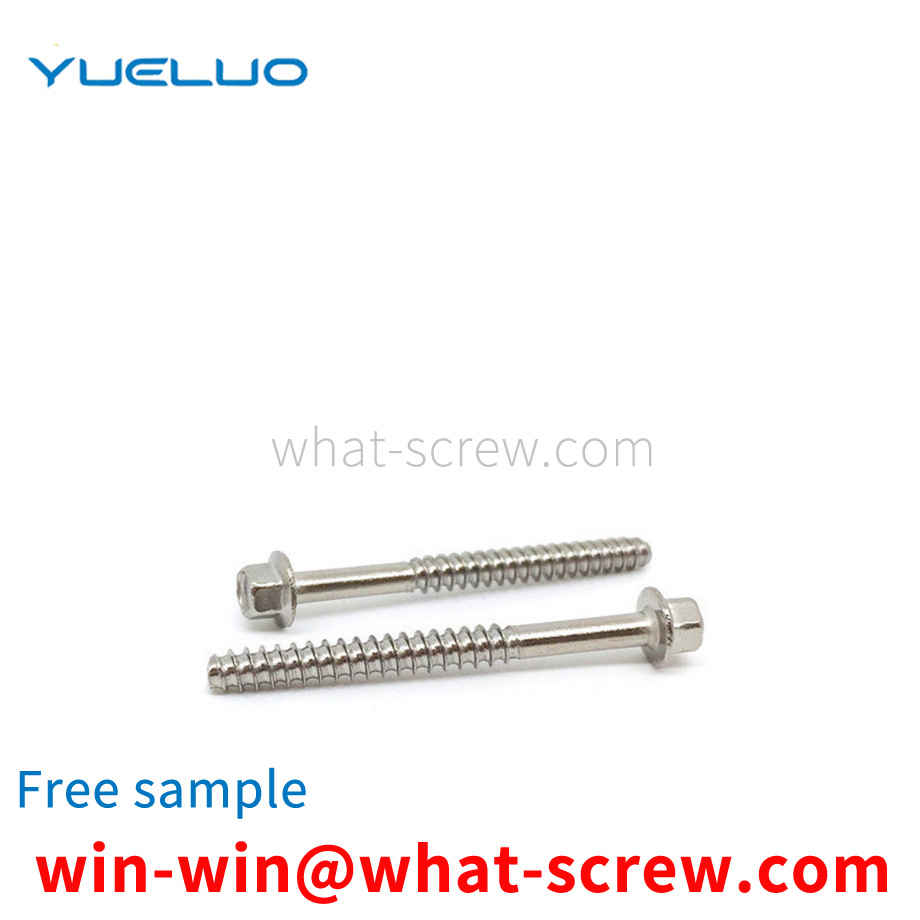
We have more than ten years of production experience in the ...
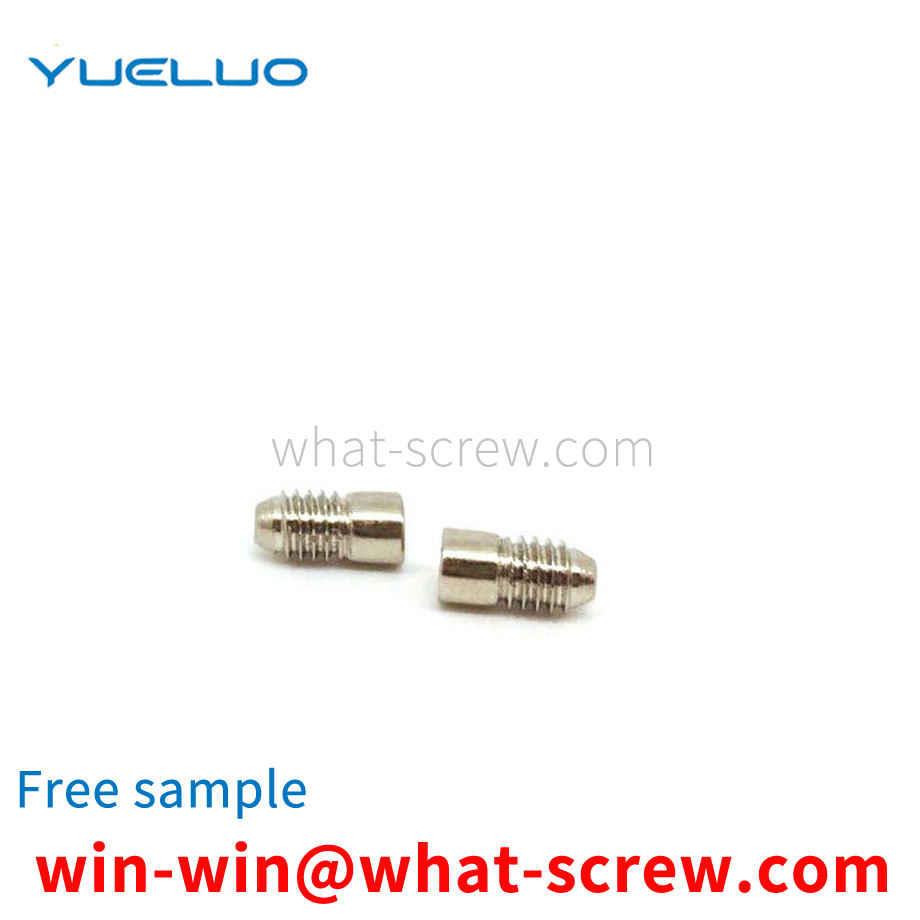
We have more than ten years of experience in the production ...